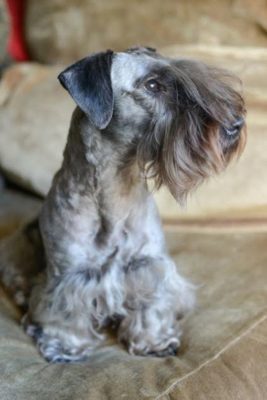Cesky Terrier
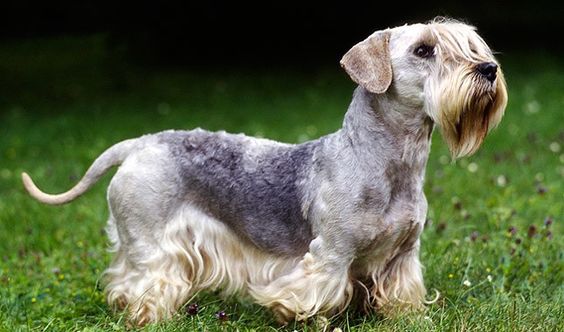
Cesky Terriers crave attention from their family and are extremely loyal to people they consider friends. However, they tend to be reserved and wary of strangers. It makes them good watchdogs, but owners must counteract this cautious nature with proper socialization. This should be done as early as puppyhood.
Table of Contents
Breed Information
| Another Name | Český teriér, Bohemian Terrier, Czech Terrier |
| Origin | Czech Republic |
| Height | Males 25-30 cm Females 20-25 cm |
| Weight | Males 6-10 kg Females 4-8 kg |
| Fur | Stiff, medium |
| Color | Black, gray, charcoal, pale |
| Lifespan | 12-15 years |
| FCI Classification | Terriers |
| Group | Watchdogs, dogs for children, dogs for apartments, decorative dogs |
| Price | $600-1000 |
Breed Photos
Origin History
The Cesky Terrier translates to “chess key” after the breed’s country of origin, former Czechoslovakia. The species is also known as the Czech Terrier and the Bohemian Terrier. It wasn’t until the 1980s that the dogs entered the United States, and in 2011 they were accepted into the Terrier Group of the American Kennel Club.
The history of this breed is recent and well documented. Frantisek Horák created the Czech terrier in the late 1940s. Horák was a hunter and wanted to raise a terrier that could work in a pack to hunt hare, fox, and red deer in Czechoslovakia’s forests. He crossed Scottish Terriers with Silichem Terriers, believing the two breeds to be complete opposites, and hoped to get a family-loving hunting dog. He was unequivocally successful.
Appearance
It is a relatively small dog with an ideal height. At the top, males reach 25 centimeters, and females reach 20 centimeters. Their weight ranges from six to ten kilograms. Females have a slightly smaller weight of eight pounds. The small size helps the dogs to work underground in burrows when tracking games. Despite its small size, the animal has powerful jaws and has been known to destroy toys, so never leave it unattended.
The Czech Terrier coat comes in charcoal to platinum gray. However, the correct gray color does not appear until the dog is three years old or older. All Cesky Terrier puppies are born black or black and tan, and then the coloration will fade as the dog matures.
Character
Cesky Terriers crave attention from their family and are extremely loyal to people they consider friends. However, they tend to be reserved and wary of strangers. It makes them good watchdogs, but owners must counteract this cautious nature with proper socialization. This should be done as early as puppyhood.
These dogs are attentive when hunting and are always ready to chase anything in sight. It is important to make time for regular exercise with your dog. Cesky Terrier is an energetic participant in many dog sports, such as agility.
Care
The soft, long, and silky coat of the Cesky Terrier require regular grooming to maintain its unique appearance. The haircut should emphasize the slimness and show off the animal’s strong musculature, leaving long hair on the belly and legs. Hair around the muzzle is also left long to form eyebrows, mustache, and beard.
Instead of clipping the hair by hand, as with many terriers, the hair is removed with clippers or scissors. Dogs kept as pets need a haircut every six weeks. At the same time, show dogs will need more frequent attention. More extended hair areas should also be brushed and combed at least once a week to prevent tangles.
Training
The owner must be firm, fair, and consistent in training this intelligent and independent dog. The animal tends to short attention span. Therefore, it is worth making training brief and interesting. Cesky Terrier responds best to techniques reinforced by praise, play, and food.
Common Diseases
The Cesky Terrier is generally a healthy dog. But there is still a tendency to some diseases, for example:
- hip dysplasia;
- heart problems;
- glaucoma.
Nutrition
The Cesky Terrier is not fussy about food. Whichever food the owner chooses, it is imperative to monitor the number of essential vitamins and minerals in the pet’s food. It directly affects the health of the dog. You should also make sure that the pet has constant access to water.
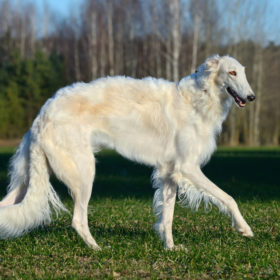 Borzoi
Borzoi Gończy Polski
Gończy Polski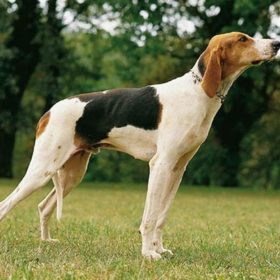 Chien Français Tricolore
Chien Français Tricolore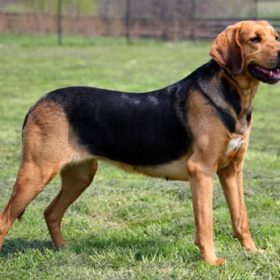 Polish Hound
Polish Hound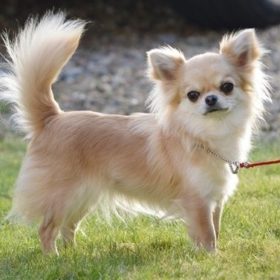 Chihuahua
Chihuahua Border Collie
Border Collie
